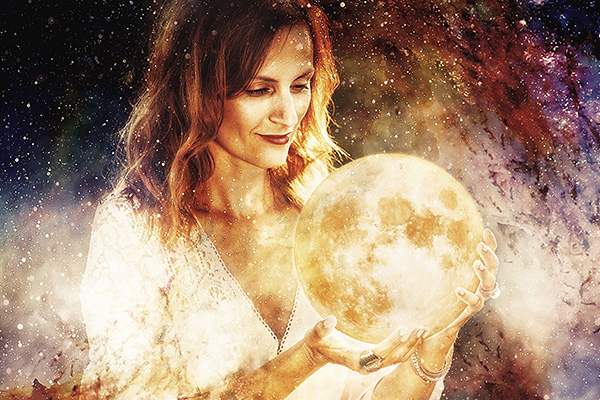traditions
Turn Up The Music Of Your Soul
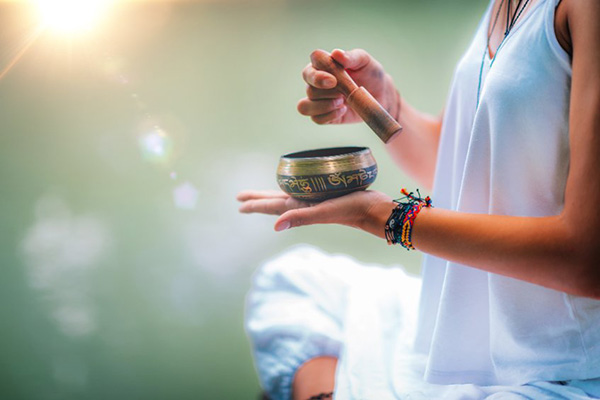 As have been pondering the miracle of sound and music lately. During these times of uncertainty, I have a collection of songs in my memory bank that I can easily call upon for inspiration. I use many of these songs to jump start my days.
As have been pondering the miracle of sound and music lately. During these times of uncertainty, I have a collection of songs in my memory bank that I can easily call upon for inspiration. I use many of these songs to jump start my days.
Long after a popular song has been sung, whether it is a familiar hymn, a spiritual mantra, a national anthem, or a Top 40 hit, there is often a residual hum that we hold on to. This constant reminder, time and time again, brings us back to the original song, striking a chord with those emotions that were first charged by the lyrics and the melody.
Music lodges itself in our memories and can be brought forth at any time without actually hearing the tune itself. Sound or hearing is also said to be the final sense to leave as we depart this life. Kahlil Gibran, the great Lebanese writer and author of The Prophet, wrote “music is the language of the spirit. It opens the secret of life bringing peace, abolishing strife.”
Growing up, I loved all types of music. My eclectic taste was universal and reflected artists from a broad spectrum of genres. I was also fortunate that my metropolitan city was host to artists from all over the world. And thanks to my older brother, whose work in entertainment law made him familiar amongst promoters and musicians alike, I was blessed to gain entre to many of these concerts, including backstage passes.
My favorite acts packed up their instruments from crowded cities and remote villages of the Far East and Africa, making many sacrifices to cross the Atlantic, and often shared between sets the perils of their journey. I likened their sound to ethereal gold, so precious that it would stay with me forever.
The Ancient Art Of Meditation In Motion
 I recently attended a Tai Chi class for the first time and absolutely loved it. I have seen this ancient martial art being practiced on television and in films before, and always thought I would like to experience it myself someday.
I recently attended a Tai Chi class for the first time and absolutely loved it. I have seen this ancient martial art being practiced on television and in films before, and always thought I would like to experience it myself someday.
Tai Chi is an ancient Chinese tradition involving slow movements and breathwork that is essentially meditation in graceful motion. At this recent event, I enjoyed it so much that I intend to continue pursuing this practice.
Our instructor at the event also explained the many health benefits of practicing Tai Chi, which further fueled my interest. This may include reduced stress, improved mood, mental health and cognitive function, enhanced immune function, increased cariovascular health, better sleep patterns, and even reduced risk of falling in mature adults.
One of the key advantages of Tai Chi is that it has no age limit. In fact, I was surprised at the various age groups in attendance that day. It is certainly a wonderful mind, body, and soul pursuit for everyone, because it is a gentle and slow-paced ‘internal’ martial art that does not involve any competition.
The exact history and origins of Tai Chi is unclear. Some scholars believe it originated from ancient Taoist and Buddhist monasteries, while others contend that Tai chi is a purely Chinese art that originates from the spiritual wisdom traditions of Daoism and Confucianism. There are many styles of Tai Chi that differ in execution and training methods.
The Ancient Magic Of The Runes
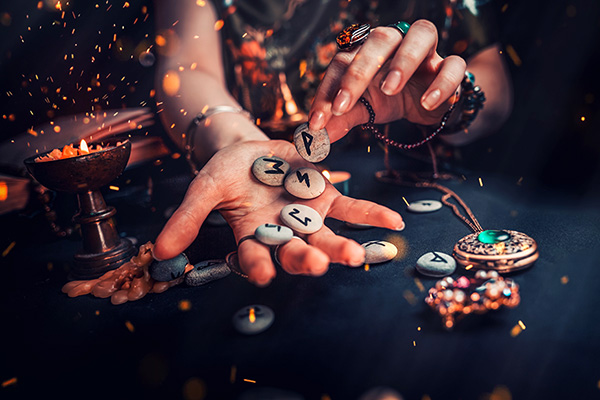 The casting of runes is a fascinating divination practice dating back to the ancient Germanic and Scandinavian peoples. The rune symbols originally served as an alphabet for written communication in various Germanic languages until the Latin alphabet was later adopted.
The casting of runes is a fascinating divination practice dating back to the ancient Germanic and Scandinavian peoples. The rune symbols originally served as an alphabet for written communication in various Germanic languages until the Latin alphabet was later adopted.
But the runes retained their archetypal symbolism and time evolved into a powerful tool for divination, magic, and meditation. The origin of word ‘rune’ actually stems from the old Germanic word for ‘secret’ or ‘mystery.’ The modern mystique of the runes lies in how it connects us to the wisdom of the ancients.
The runes are a set of 24 symbols, each with its own unique symbolic meaning and energy signature. Traditionally it is made of natural materials, such as stone, wood, or bone. The most common use of runes is for divination purposes, where the symbols are cast, or drawn, and then interpreted to gain insight into a particular situation or question.
Like other divination tools, the runes offer a gateway to tapping into the collective unconscious. These symbols have been used for centuries by countless people, each leaving their own energy imprint on the universal interpretation of each. When we work with the runes, we therefore tap into the collective wisdom it represents and gain access to a deeper understanding of ourselves and the world around us.
A charming aspect of the runes is their connection to nature. Many of these ancient symbols were derived from natural elements, such as trees, animals, and weather patterns. By engaging with the runes, we also connect with the natural world and its rhythms, which empowers us with greater balance and harmony in our lives and aligns us with the flow of the universe.
The Sacred Tradition Of Smoke Cleansing
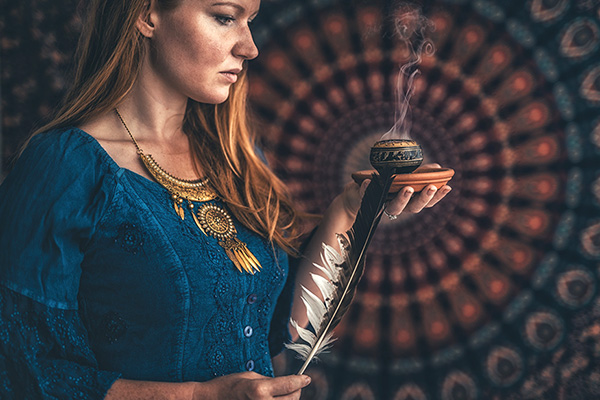 Smoke cleansing is an ancient spiritual practice found in many faiths, cultures, and wisdom traditions all over the world. These age-old rituals, ceremonies and healing practices involve the burning of various aromatic plants, resins, and woods and have been practiced since humans first discovered fire. Traditionally ceremonies and rituals involving smoke are mostly used for energy cleansings and spiritual blessings, but the purposes, techniques and materials used vary widely among belief systems, tribes, nations, and cultures.
Smoke cleansing is an ancient spiritual practice found in many faiths, cultures, and wisdom traditions all over the world. These age-old rituals, ceremonies and healing practices involve the burning of various aromatic plants, resins, and woods and have been practiced since humans first discovered fire. Traditionally ceremonies and rituals involving smoke are mostly used for energy cleansings and spiritual blessings, but the purposes, techniques and materials used vary widely among belief systems, tribes, nations, and cultures.
The burning of incense, for example, was a revered practice in ancient Egypt as part of religious ceremonies. This practice continues today in the Roman Catholic church, with the burning of incense to amplify prayers and intentions.
In both Hinduism and Buddhism, incense is burnt for ritual offerings and rites, while in ancient China incense was burned during festivals and processions to honor ancestors and household gods, and in Japan it is part of the Shintō purification ritual.
In ancient Rome cinnamon was burnt during funerals. The Assyrians burned various aromatic woods in their homes, temples, and places of healing. In traditional Chinese medicine, the burning of agarwood and sandalwood is done to promote emotional wellness and physical healing.
One of the most well-known smoke cleansing traditions, especially in the United States, is known as smudging. To ‘smudge’ means ‘to make a smoky fire’ or ‘to emit a dense smoke.’ Smudging involves various purification and healing ceremonies originally practiced by the indigenous peoples of the Americas. Certain sacred herbs are traditionally used in smudging to purify and bless people and places, of which the most commonly used today is white sage or salvia apiana, also known as bee sage or sacred sage. It is an evergreen perennial shrub native to the southwestern United States and northwestern Mexico.
Faith As A Spiritual Science
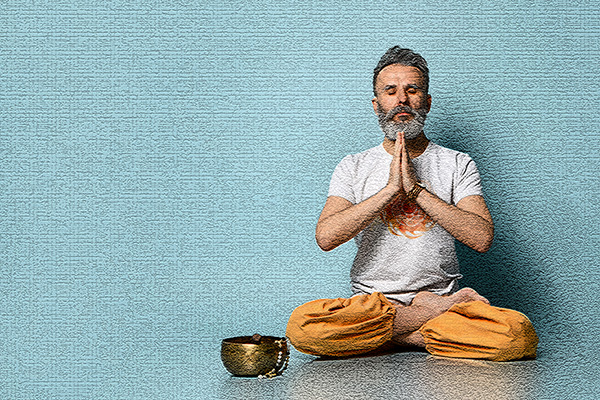 It is generally assumed that all forms of ‘faith’ is merely matter of ‘belief.’ In other words, to have faith is seen as having belief that is blind; it is a belief without reason, evidence, or experience. However, there is another kind of faith that develops through a reciprocal relationship.
It is generally assumed that all forms of ‘faith’ is merely matter of ‘belief.’ In other words, to have faith is seen as having belief that is blind; it is a belief without reason, evidence, or experience. However, there is another kind of faith that develops through a reciprocal relationship.
According to the Vedic teachings and the practices of Krishna Bhakti (awareness of, and affection for Krishna, the Supreme Person) faith begins with hearing spiritual knowledge from a liberated soul, who is beyond the four defects of material conditioning.
Ordinary people (or conditioned souls) have four defects due to their contact with material existence. These defects are:
- The tendency to make mistakes.
- To be illusioned.
- The propensity to cheat others.
- To have imperfect senses.
At the initial phase of faith, there is an appeal to the intelligence of the conditioned soul that evokes exploration of knowledge through hearing deeper spiritual insights, which in turn appeals to their intelligence to apply it.
From the experiment of applying it, comes observable experiential results that corroborate the truth of what was initially heard from the transcendental authority (liberated soul).
This confirming experience not only yields faith in the knowledge and process applied, but it also forms an evidential knowing beyond a mere baseless, ‘blind’ belief. Therefore, developing a relationship with God through Bhakti-Yoga or Krishna Consciousness is a spiritual science.

